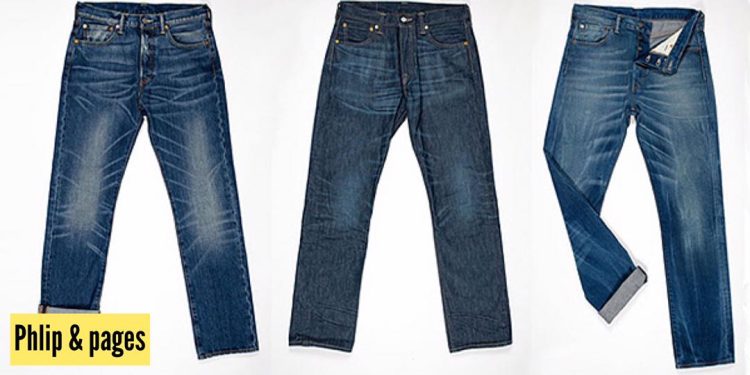Title: The Evolution of Jeans: From Workwear to Fashion Staple
Jeans, the iconic denim trousers that have become a wardrobe staple for people of all ages, have a fascinating history that spans over a century. What started as durable workwear for miners and laborers has evolved into a symbol of rebellion, style, and versatility. In this blog, we’ll take a journey through the evolution of jeans, exploring their humble beginnings, rise to popularity, and their enduring presence in fashion.
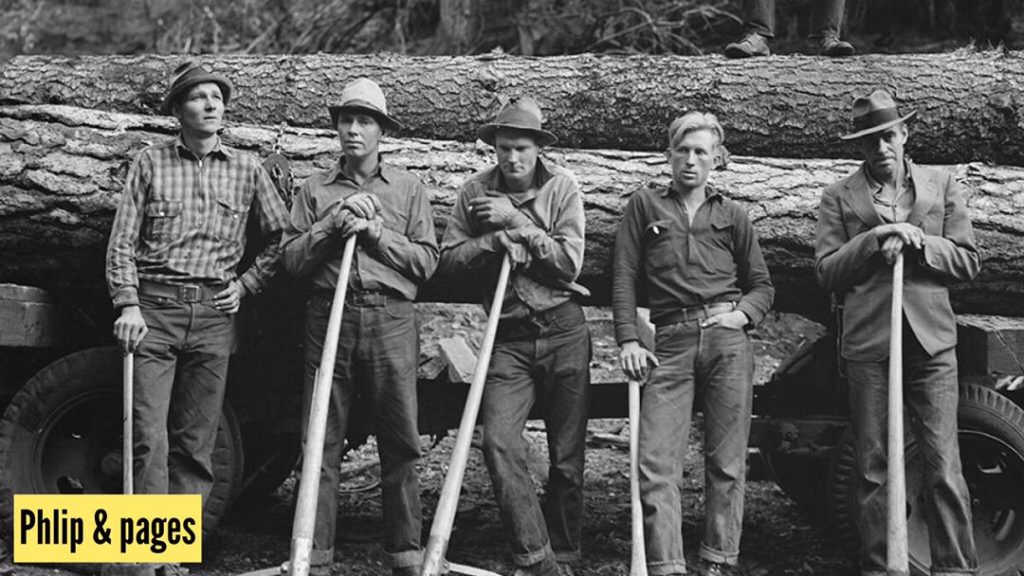
The Birth of Jeans
Jeans owe their origin to the mind of Levi Strauss, a Bavarian immigrant to the United States. During the 1870s, Strauss and tailor Jacob Davis invented riveted pants, originally for hardworking miners. The invention of riveted jeans, which featured metal fasteners on stress points, prevented tearing, and made them incredibly sturdy for labor-intensive jobs.

Jeans for the Working Class
Jeans quickly gained popularity among the working class. Their practicality and resilience made them a preferred choice for cowboys, railroad workers, and factory laborers. Over the decades, denim trousers became a symbol of the American frontier and the rugged, blue-collar spirit.
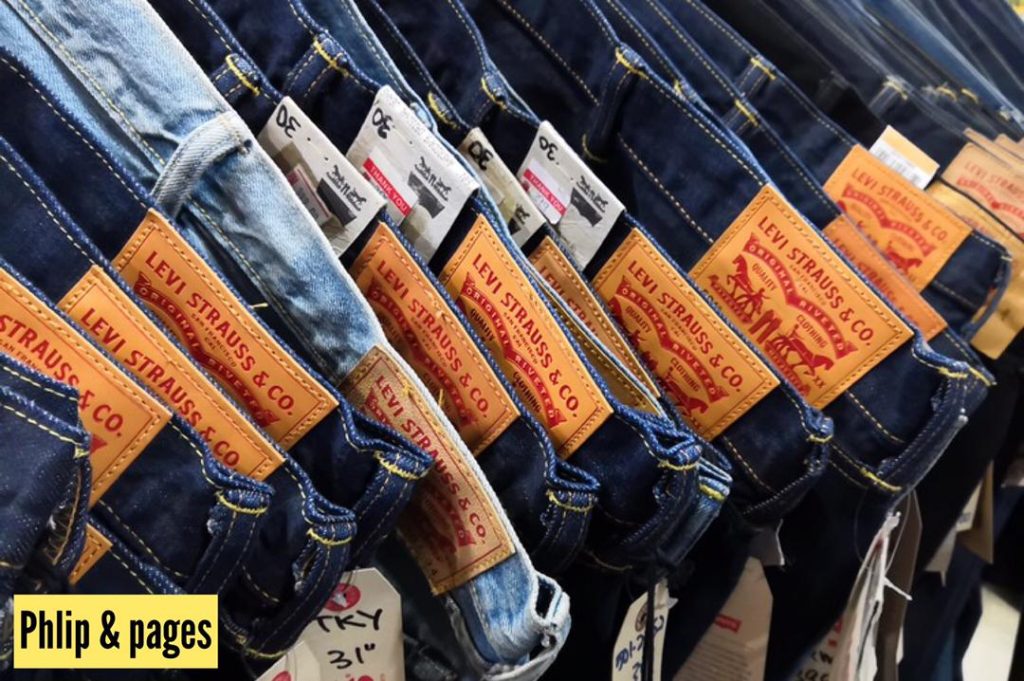
The Denim Revolution
The 1950s marked a turning point for jeans. The rebel image popularized by icons like James Dean in “Rebel Without a Cause” and Marlon Brando in “The Wild One” catapulted jeans into the realm of fashion. This was the beginning of jeans transitioning from workwear to a symbol of youthful rebellion.
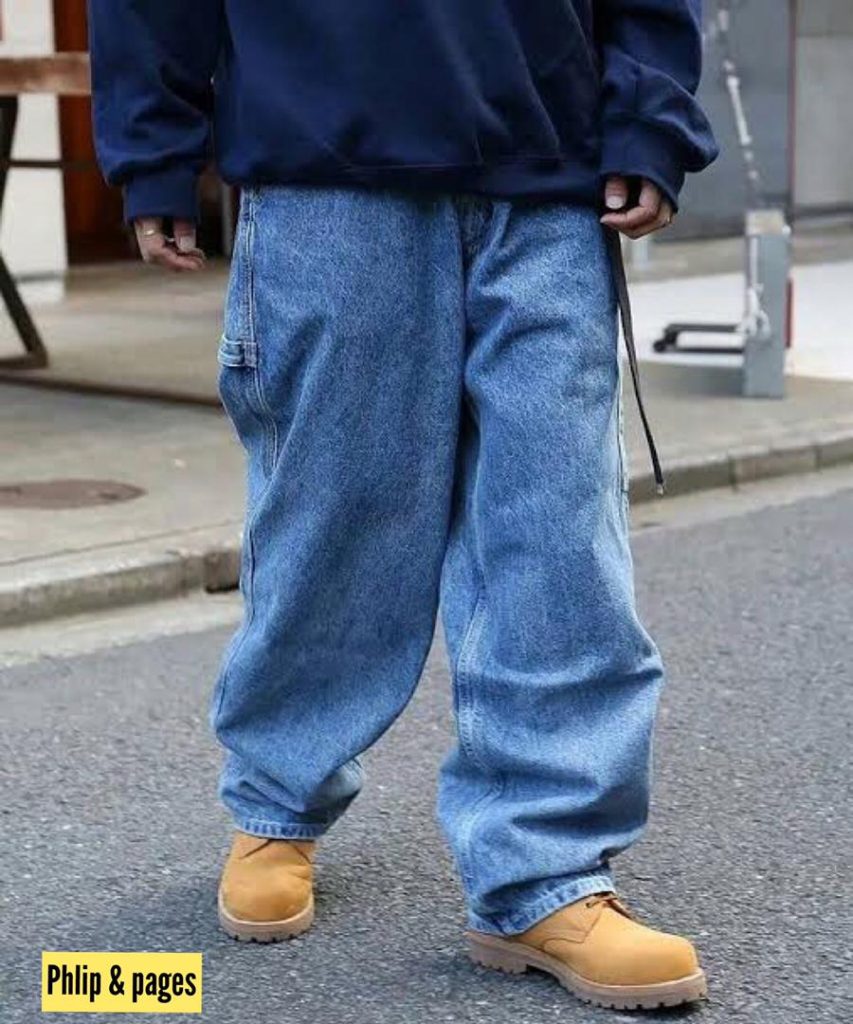
The Counter-Culture and Jeans
The 1960s and 70s saw the counterculture movements embrace jeans as a form of anti-establishment expression. Hippies and activists alike donned denim, customizing and distressing their jeans with patches, embroidery, and tie-dye. Additionally, bell-bottom jeans, characterized by their flared bottoms, gained iconic status during this era.
Designer Jeans and High Fashion
In the 1970s, a significant transformation occurred as designers like Calvin Klein and Gloria Vanderbilt entered the scene, bringing designer jeans to the market. These jeans were not just workwear but a fashion statement. The 1980s saw the rise of brands like Levi’s, Wrangler, and Lee as international symbols of American culture.

The 21st Century Jeans
Jeans have continued to evolve into the 21st century. Skinny jeans, bootcut jeans, and distressed denim are just a few examples of the styles that have gained popularity. Stretch denim introduced a new level of comfort, and eco-conscious brands began prioritizing sustainability by using organic cotton and eco-friendly dyes.

Jeans for All
One of the remarkable aspects of jeans is their universal appeal. They are worn by people of all ages, backgrounds, and walks of life. They are a canvas for self-expression, and you can dress them up or down for various occasions.
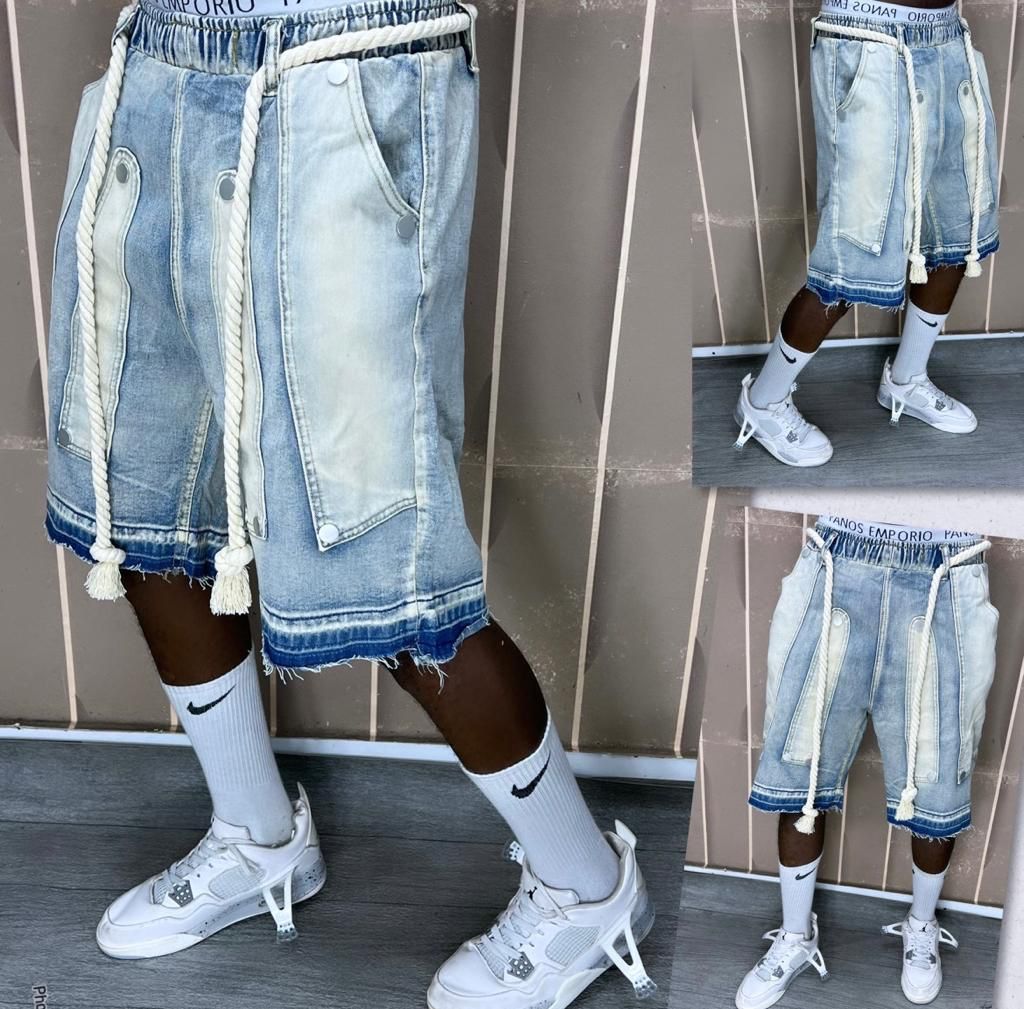
Conclusion
The evolution of jeans from practical workwear to a symbol of fashion and self-expression is a testament to their enduring appeal. Today, jeans are more than just clothing; they are a cultural and fashion icon. The next time you slip into your favorite pair of jeans, remember the long journey they’ve taken from the mines to the runways, and appreciate the rich history that makes them more than just pants – they are a symbol of resilience and style.


